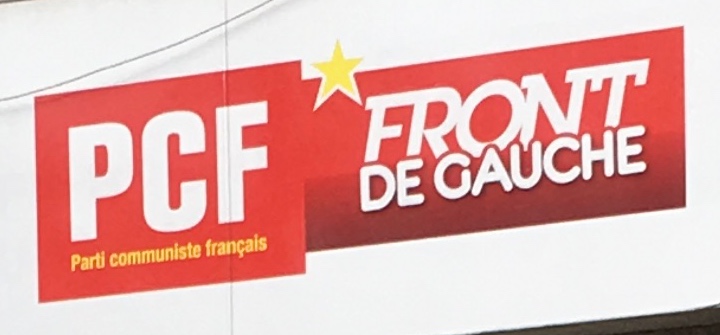This morning at the citizen space at 2 St-Roch Place, a plan was presented to address the housing crisis in Nice.
In Nice, the emerging trend is quite simple: low-income populations and even the middle class are literally disappearing from city centers as residents, being forced to live on the outskirts or even further away.
Several phenomena are at play.
There is real estate speculation, which erects an increasingly insurmountable financial barrier. The numbers speak for themselves: nationally, the sale prices of older properties doubled between 2000 and 2007, while household disposable income increased by only 22% over the same period.
It is therefore becoming increasingly difficult to find housing, and while laws (SRU 1999) set objectives and means to act, locally, right-wing policies follow a reverse logic of “letting the market dictate.”
But since the 2000s, the “market” has not corrected this speculative surge. On the contrary, in 15 years, the share of primary residences in Nice has decreased by 4 points, in favor of vacancies and secondary residences.
A phenomenon gaining momentum is that multi-property owners have found a lucrative market: tourist rentals. Initially, the establishment of internet platforms was based on a rather appealing idea: allowing individuals to rent their accommodation when they are not using it.
But the success of these platforms quickly led to a “perversion” of the original idea with the development of a genuine tourist rental activity year-round at the expense of traditional rentals. This is the case in Nice where a university study found, at the end of 2016, more than 6,056 Airbnb listings in the city.
Far from the initial spirit, 89% of ads concern entire homes, and this activity, much more profitable than annual rentals, “directly impacts the availability of small units normally intended for young people, single individuals, and families.”
As a consequence, the supply of private rental housing, still financially accessible, is dwindling. A situation which, coupled with a shortage of social housing, makes Nice an unattractive destination for large segments of the population.
Policies that Organize Segregation
However, as if that were not enough, insidiously, everything is being done to make the city center “less accessible.”
Urban segregation is not just endured by the market’s “invisible hand.” It is also orchestrated. In this regard, the city of Nice offers us two rather telling examples.
For example, the local Urban Plan (PLU) adopted in 2011 represents the implementation of genuine urban segregation.
Thus, the areas reserved in the PLU under “social diversity easements” cover a total area of 178,894 m2 for Nice. However, the distribution of this area is very uneven and reveals a particular conception of social diversity. 0 m2 on Cimiez, Mont Boron, and the hills in general,
In “the large city center,” a very wide area including the seafront, the expressway, bordered to the east by Paillon and to the west by the Palais de l’Agriculture, only 3 reserved areas (out of 139) represent 1,393 m2.
Conversely, Ariane, La Madeleine, Carlone, Pessicart, La Mantéga, Bon voyage, and St-Roch total 115,860 m2, nearly two-thirds of the total area.
Sectors already very dense in terms of social housing, and where, except for Bon-Voyage and St-Roch, public transportation services and traffic are already very problematic.
Transportation is another means to enforce urban segregation. In this regard, the example of Ariane, but beyond that, La Trinité is quite exemplary. For the right-wing, not only should the tramway never reach Ariane, but there are also no more direct lines from Ariane to the city center. Line 16 now stops in the Vauban district. Multiplying breakpoints (transport changes) is the most efficient way to discourage travel…
In parallel, the entire population, whom the “authorities” effectively ban from living in the city center, is invited to live elsewhere, with projects multiplying on the outskirts (Saint-Martin du Var, Saint-André de la Roche, La Trinité, Drap….). Consequently, travel times, vehicle usage, atmospheric and noise pollution increase…
Here, as elsewhere, other choices are possible to ensure that metropolitan phenomena do not equate to urban segregation.
Means exist to influence market prices, and they can be executed to combat speculation and vacancies simultaneously.
The communists of Nice are launching a large consultation among Niçoises and Niçois on the measures they deem priority and should be prioritized to resolve the housing crisis in Nice and reclaim the right to the city for everyone.
In this consultation, the communists are putting forward several proposals.
Here they are:
– Systematically use preemption to influence speculation.
– Increase and control the vacant housing tax.
– Seriously regulate tourist rentals.
– Control rents.
– Increase the residence tax for secondary homes.
– Engage in a social housing construction plan to catch up on backlogs.


